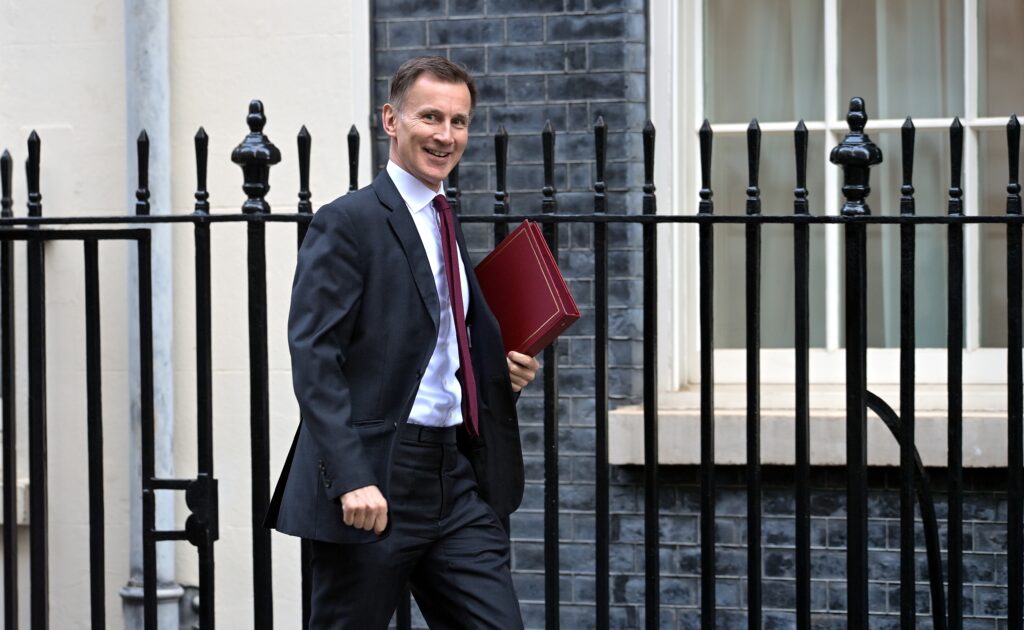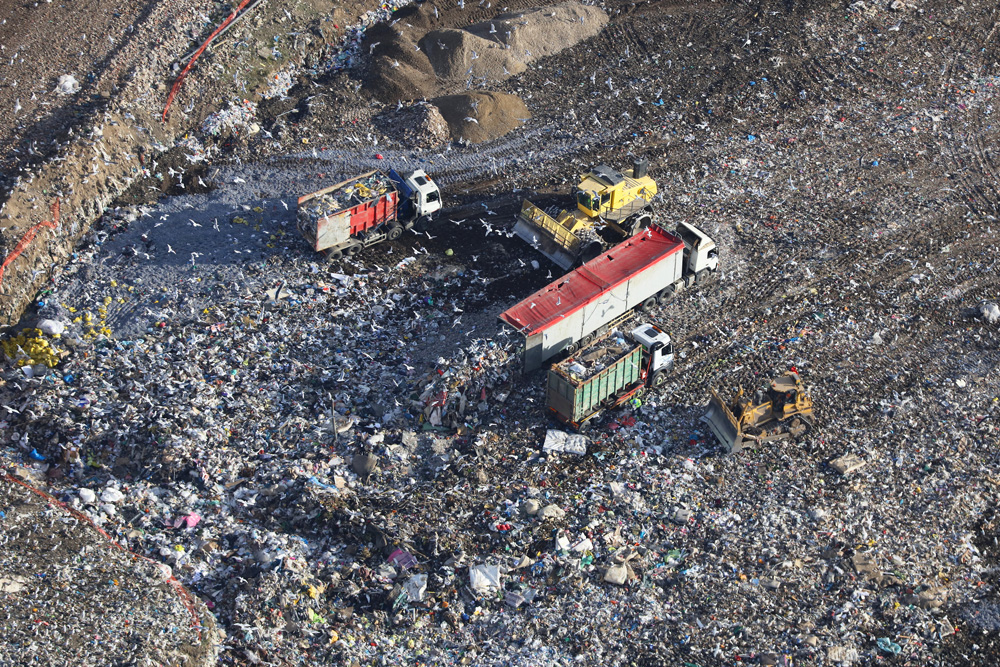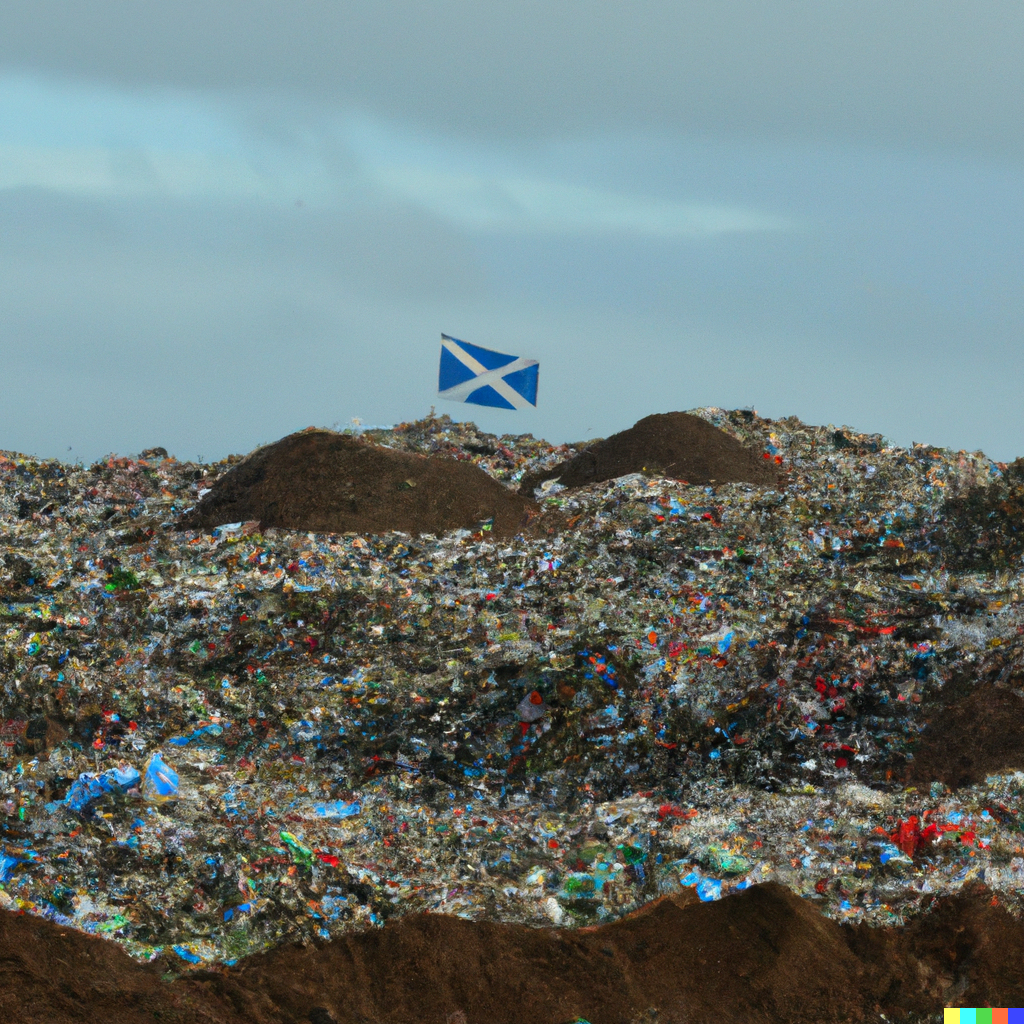Commenting on submissions it has received over how the UK should implement the WEEE Directive, the Department said a “vast majority” of stakeholders have come out in support of a clearing house to administrate the process.
Proposals for a clearing house involve a central body to organise collection and recycling of waste electrical equipment to comply with the WEEE Directive. It would be funded by producers, who have financial responsibility for recycling under the European Directive.
Although originally proposed by manufacturers, the DTI has described the clearing house approach as “attractive” (see letsrecycle.com story).
The clearing house was one of a number of issues discussed in the DTI's second consultation on the implementation of the WEEE Directive. The three-month consultation closed last month having received 219 responses from stakeholders, including manufacturers, WEEE recyclers, local authorities and retailers, and the results were published this week.
In the consultation, 80% of respondents supported the clearing house approach and most also favoured giving it responsibility for holding data and reporting to the enforcement authorities.
The DTI said: “In terms of establishing a clearing house, the vast majority support the concept although many respondents provide further comments or questions regarding its exact remit and operations.”
However, there was “no clear majority view” whether the clearing house should directly manage the transport of WEEE from central collection points to recyclers or simply allocate it to producers.
Finances
Stakeholders also reviewed proposals regarding the funding of recycling equipment placed on the market after August 2005, for which producers will have financial responsibility.
In the consultation, the government received an “overwhelming rejection” of its preferred option of basing producers' obligations on sales revenue, finding the majority wanting market share to be based on weight of products.
For 'historic' equipment placed on the market before August 2005, the WEEE Directive allows its recycling to be covered by a 'visible fee' paid by consumers purchasing new goods.
The DTI said: “Less than half of the respondents provided views on the use of a visible fee to finance the coasts of historical household WEEE. Respondents who did provide a response on this issue generally appear to favour the introduction of a visible fee.”
Retailers
Under the Directive, retailers are required to offer take-back on old goods when selling new ones or to provide alternate services.
The DTI proposed that retailers not wishing to offer in-store take-back should join a compliance scheme and contribute to a 10 million fund for collection points such as local authority collection points.
The majority of respondents supported the establishment of a retailer compliance scheme but opinions were divided about how much money should be in the fund and how it should be allocated.
The government said: “Many respondents feel the proposed retailer fund of up to 10 million, to support development of WEEE collection at civic amenity sites and a retailer compliance scheme's take-back services may not be enough.”
It added: “The retailers all felt the fund was too high or that it should not be fixed or capped. The government will pursue further with the retail sector.”
Major issues
“Significant concern” was raised in the consultation over the interpretation of scope of the Directive across the EU with respondents urging the government to ensure a harmonised approach.
The question on how to maximise re-use of electrical equipment received the most responses. The government's proposal to include re-use as an objective of producer compliance schemes received the strongest support.
Also, the government reported “general support” for making groups of producers, instead of individuals, responsible for meeting the recycling and recovery targets set out in the Directive.
On other issues, such as the removal of items from WEEE before it is shredded, the government found little consensus and plans to discuss these further with stakeholders.










Subscribe for free